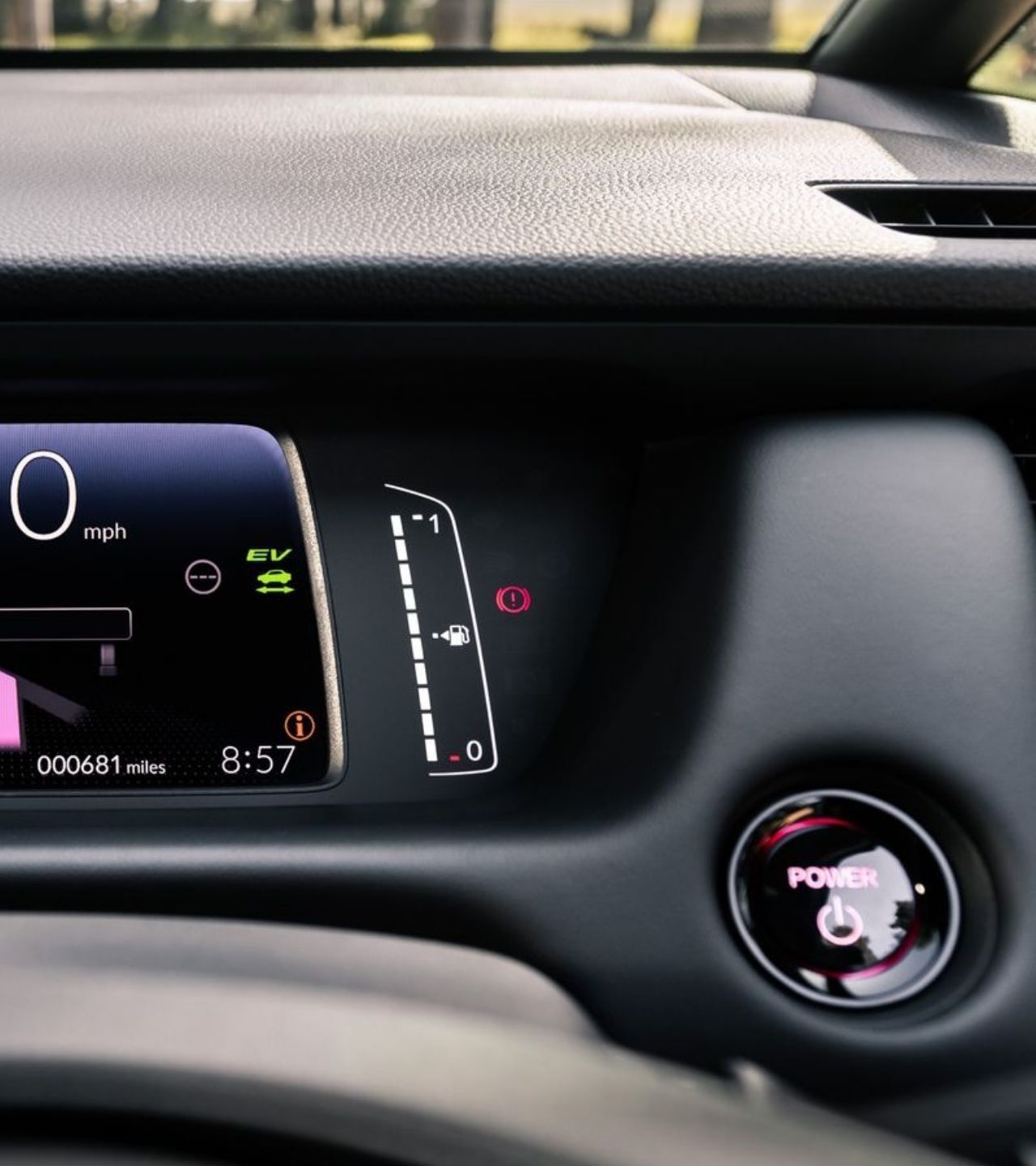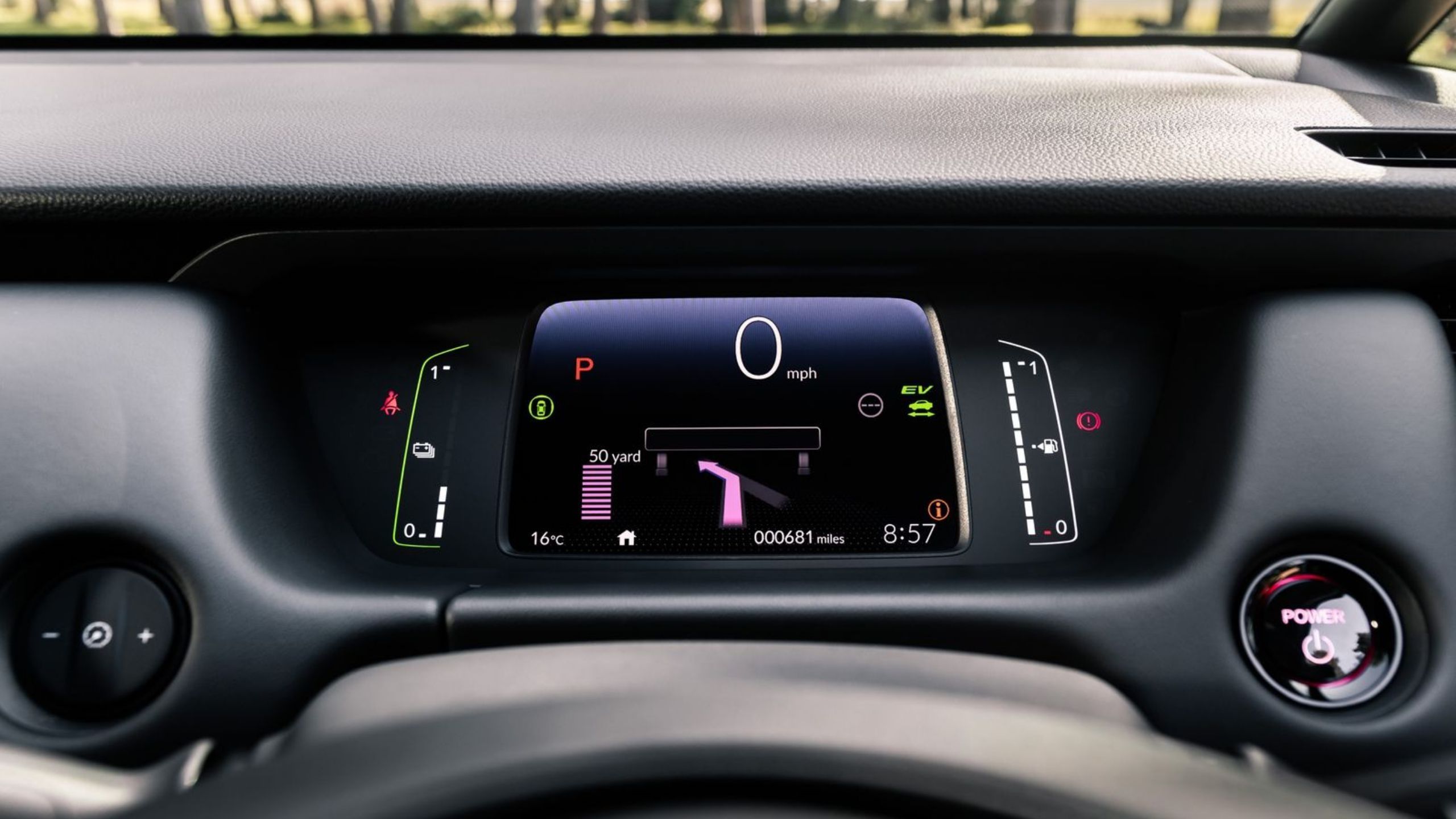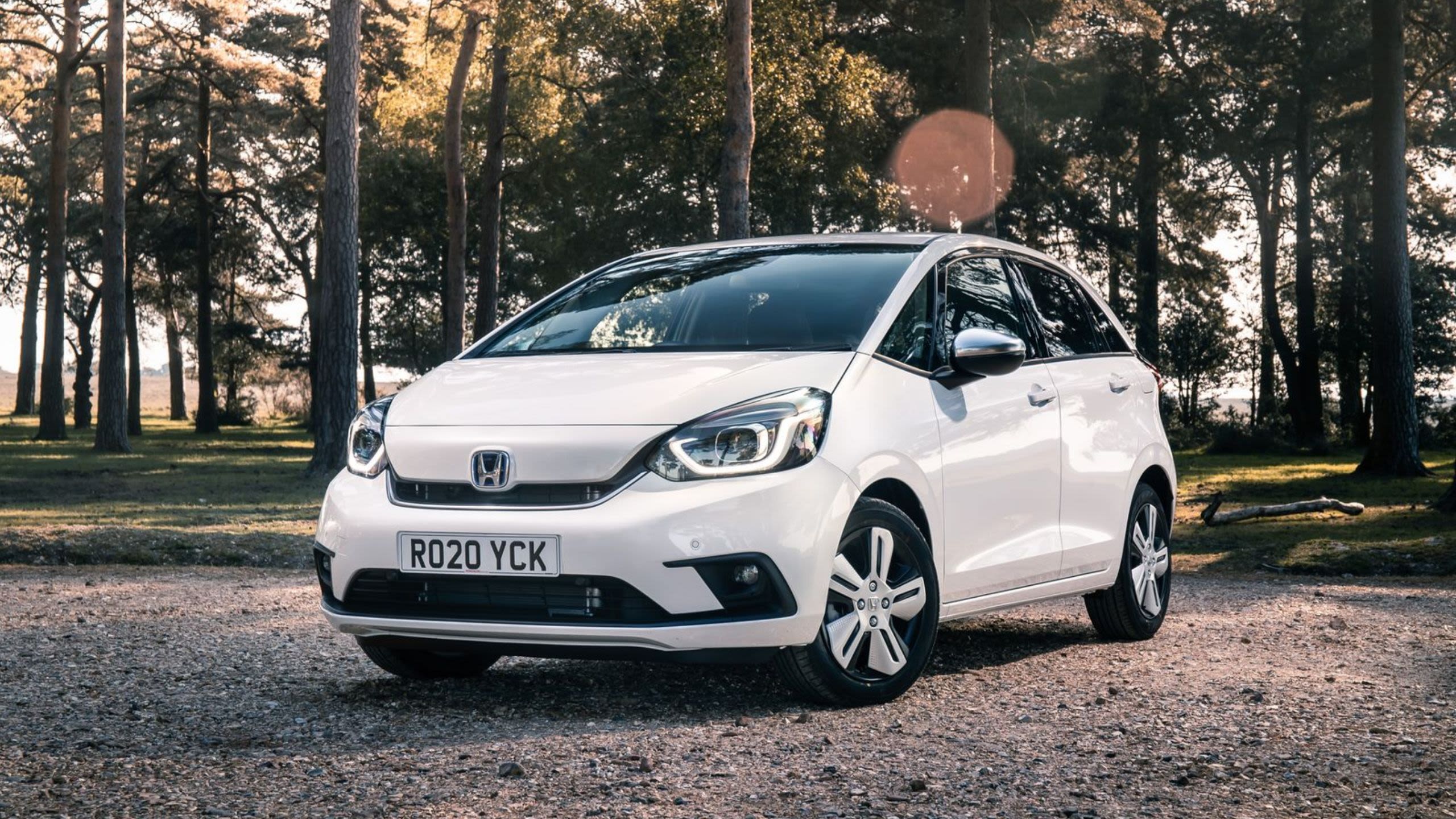Behind the Wheel of the All-New
HONDA JAZZ
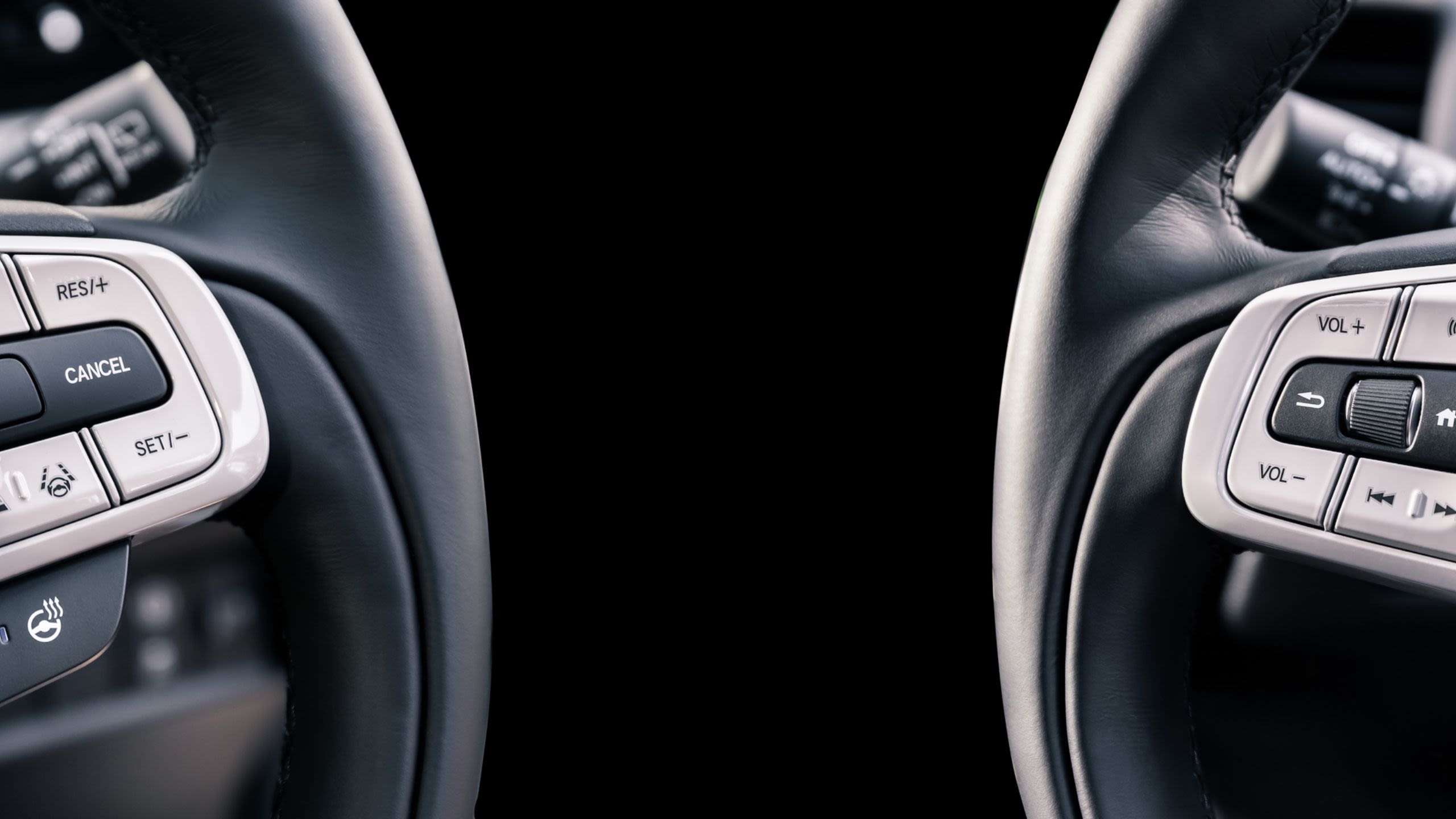
By Richard Aucock


It’s all thanks to Honda’s e:Technology being so brilliant, I had to ask for a video explaining it to take away and watch later.
Every new Jazz is a hybrid, badged e:HEV, with not one but two electric motors. It’s the same technology already seen in the Honda CR-V Hybrid and is part of Honda’s strategy to electrify every mainstream car it sells by 2022.
One electric motor is an electricity generator: this one is connected to the engine. The other provides propulsion drive: this is connected to the wheels. There is no mechanical link between engine and wheels and, remarkably, no gearbox.
While it sounds complex and futuristic, it’s actually beautifully simple. Instead of onboard batteries, it’s the ultra-efficient 1.5-litre Atkinson-cycle engine generating electricity for propulsion. Need more propulsion? The engine runs harder. Need less? It eases off – or, more often than not, shuts down completely. There’s a battery that stores electricity too, so you can pull away engine off.
If you don’t want the science lesson, all you need to know is this: it turns the Jazz into a petrol car that thinks it’s electric. Any chance it gets, it runs with the engine off, surging forward like an EV. And as electric motors deliver a far bigger kick, more quickly than petrol, it makes the new Jazz a genuinely speedy city slicker.
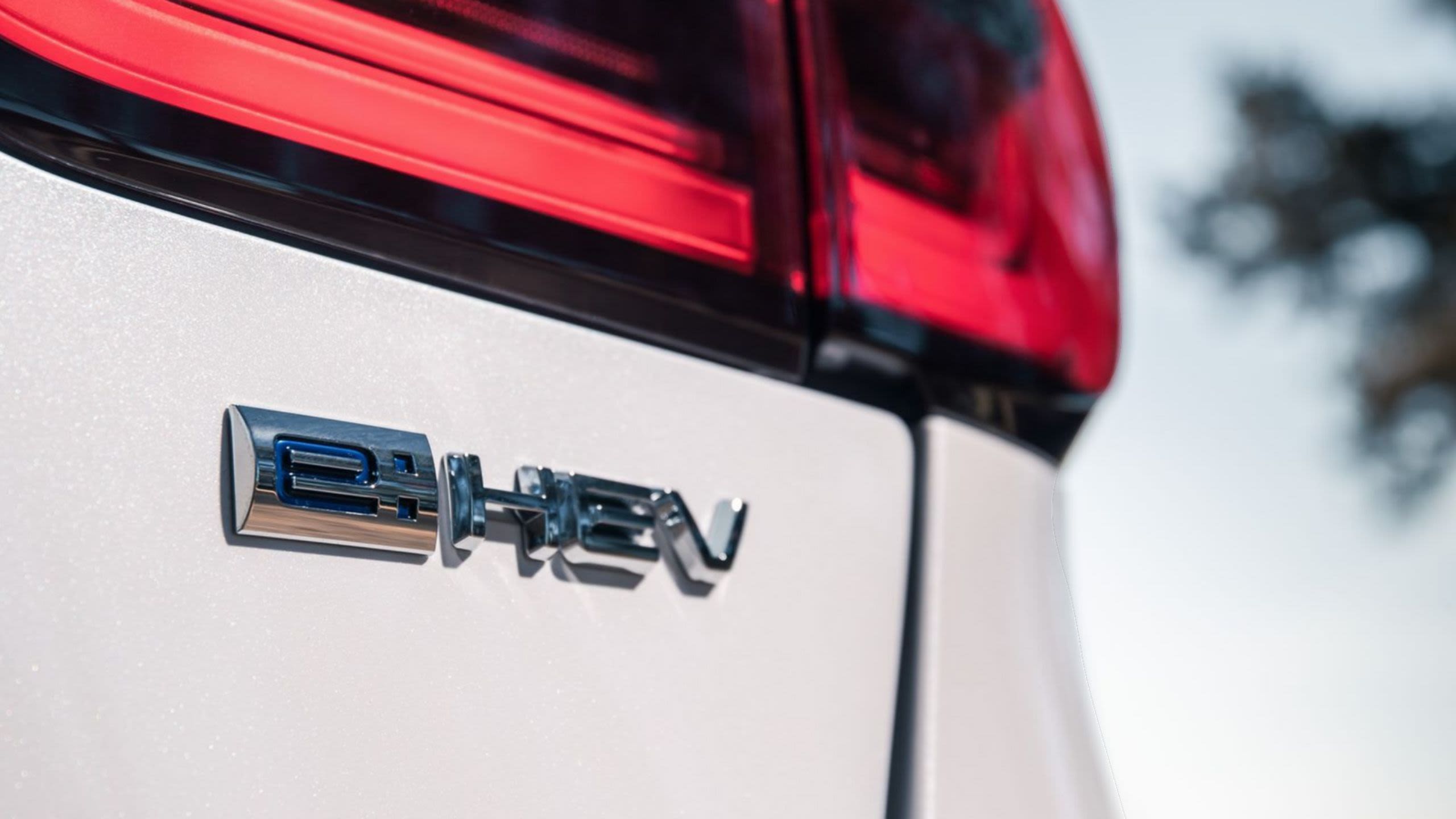
At the traffic lights, simply press and go.
The car leaps forward and then keeps on accelerating, seamlessly.
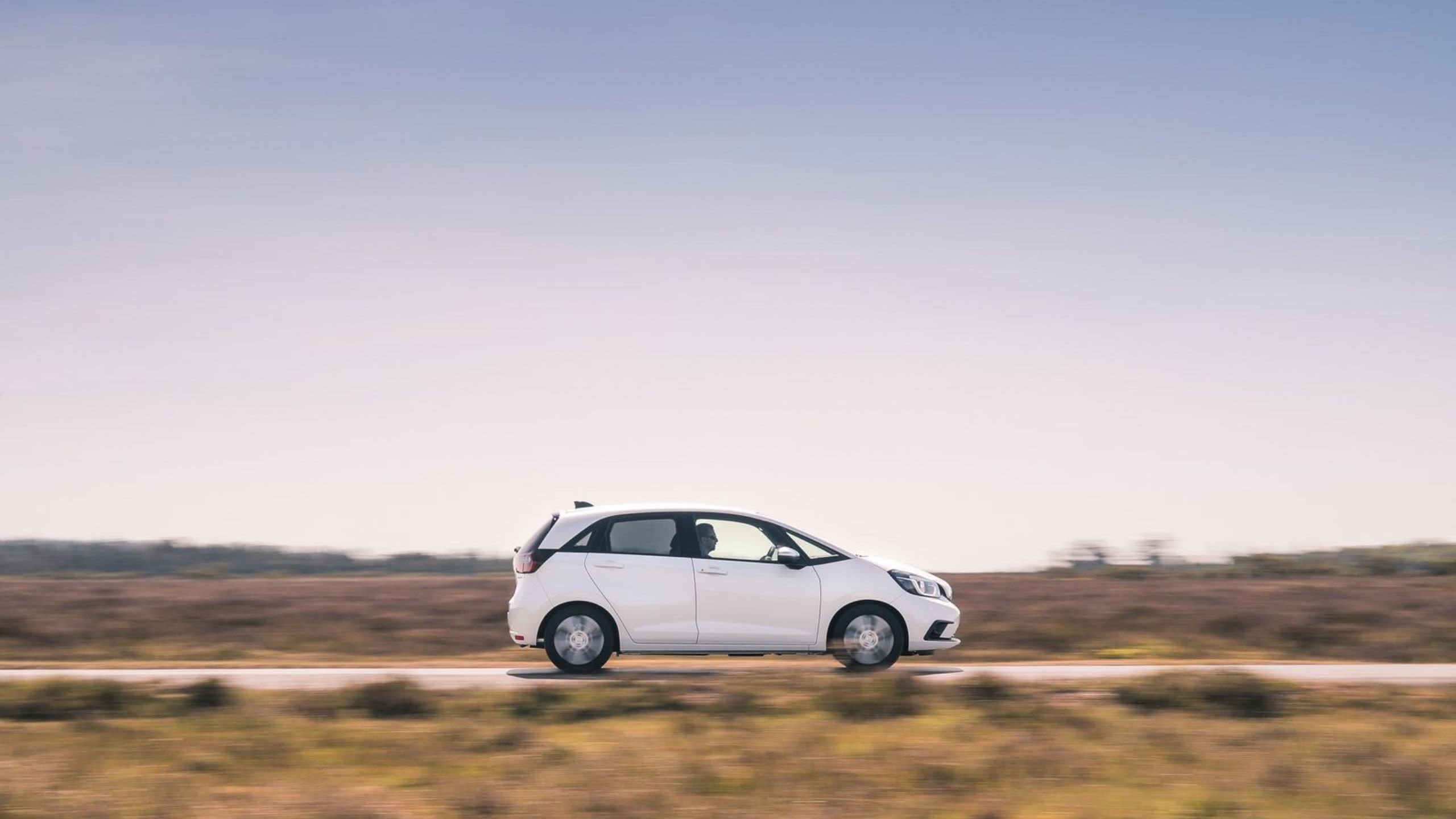
Even if the cars next to you roar, they’ll pause as they change gear. The Jazz simply surges effortlessly forward – and when the engine does kick in, clever electronics mimic a fast-shifting automatic, so it feels natural here too.
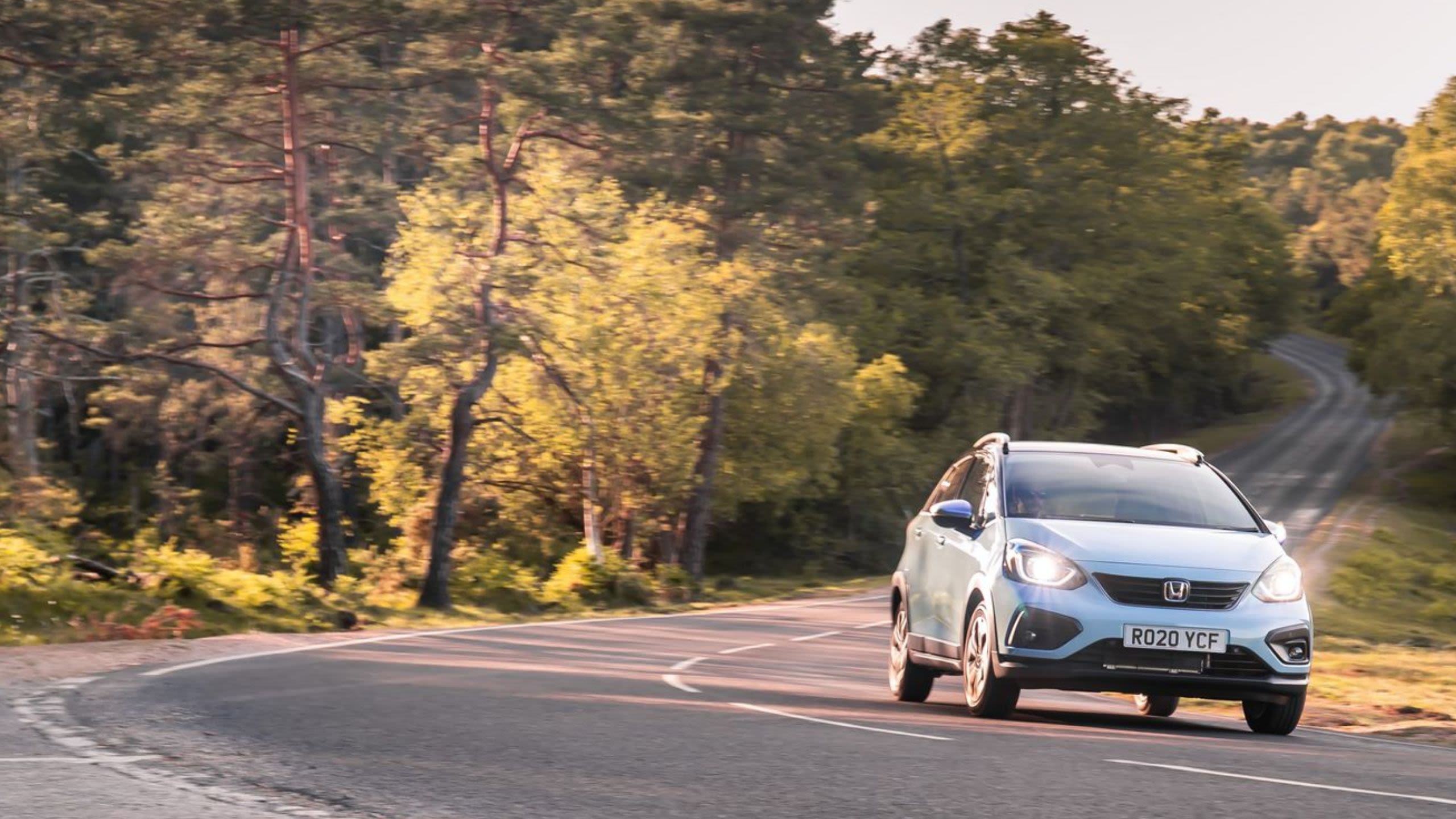
Trust me, if you’re coming from the old Jazz, which used a conventional drivetrain, you are going to be amazed by this one.
I certainly was.
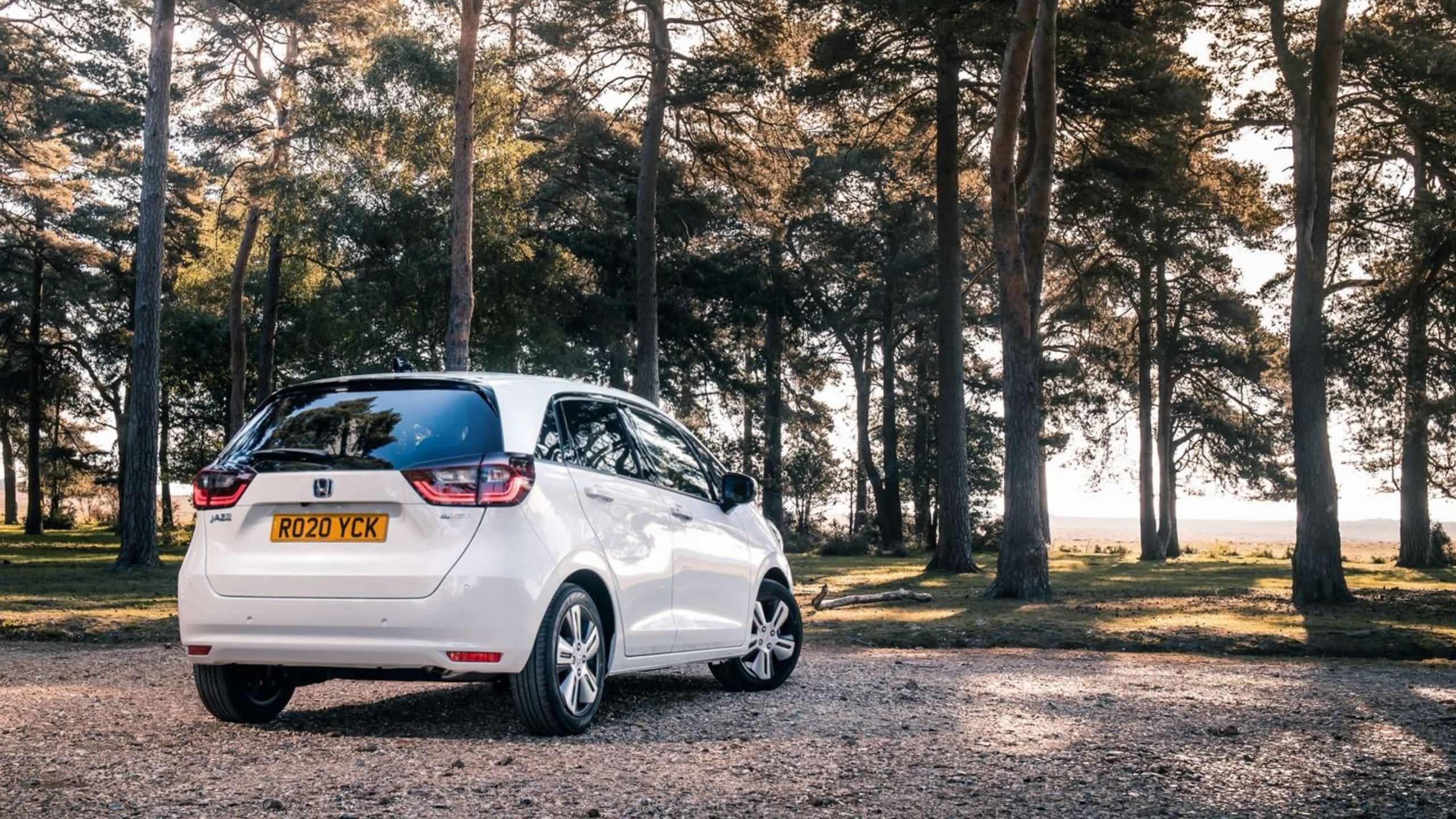
I soon found, however, that the tech of the future quickly became normal (and, as I’d later find out, would make my conventional car feel old-fashioned). So, I considered the other aspects, such as the much-reduced noise levels. An improved ride. Light steering (and a beautiful new steering wheel, modelled on the Honda e).
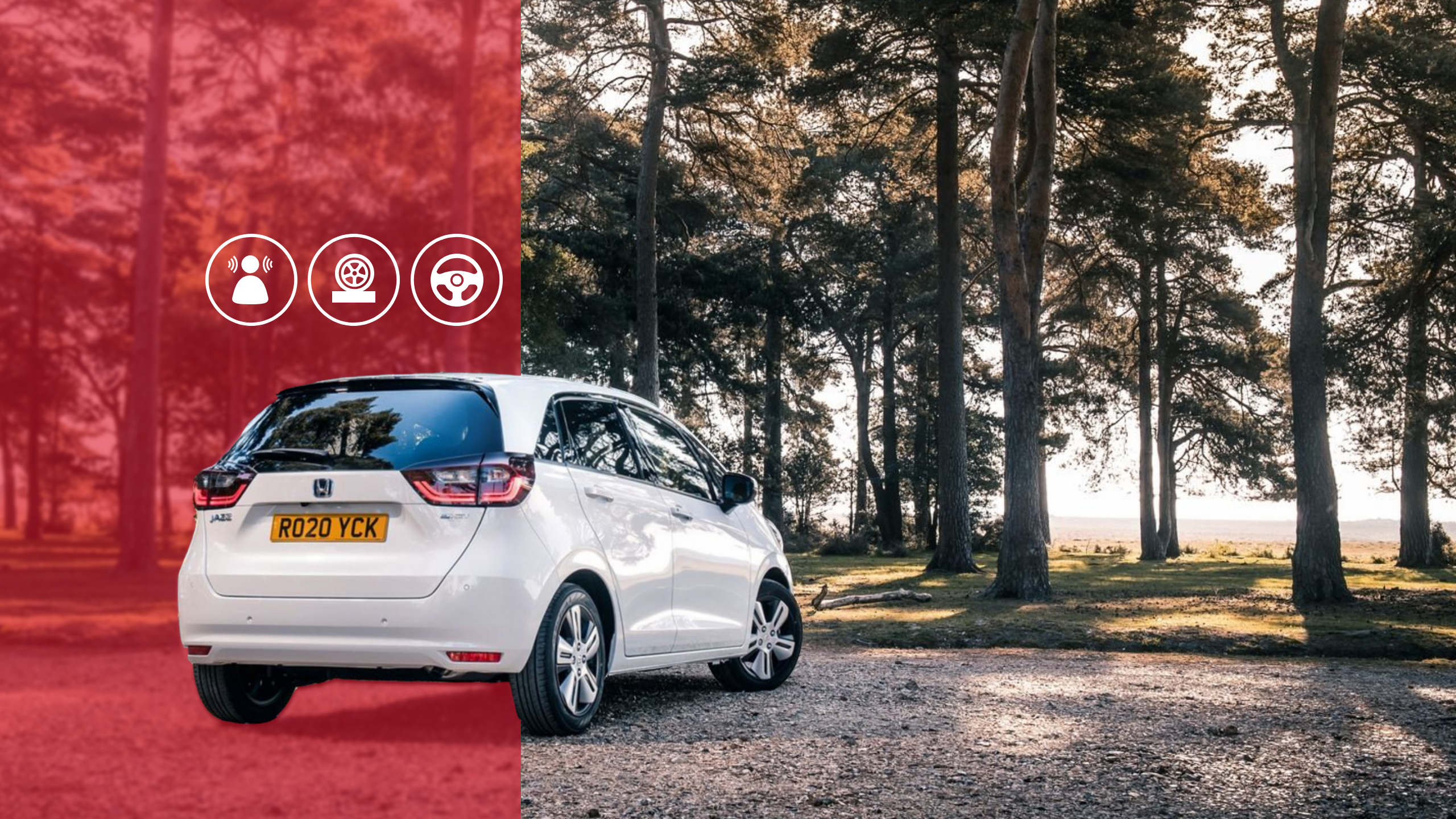
Trust me, if you’re coming from the old Jazz, which used a conventional drivetrain, you are going to be amazed by this one.
I certainly was.

I soon found, however, that the tech of the future quickly became normal (and, as I’d later find out, would make my conventional car feel old-fashioned).
So, I considered the other aspects, such as the much-reduced noise levels. An improved ride. Light steering (and a beautiful new steering wheel, modelled on the Honda e).
CONFIGURE YOUR JAZZ
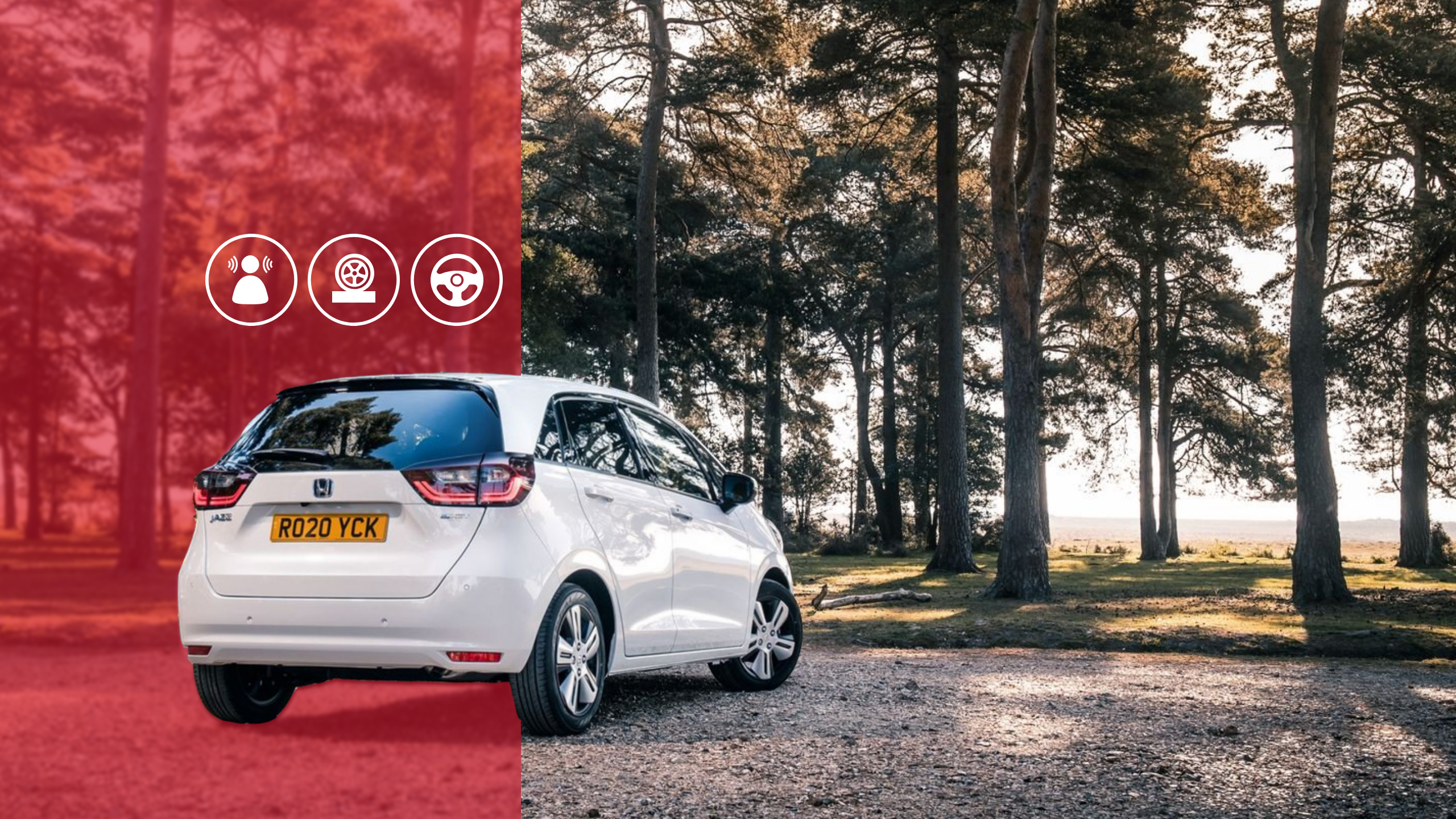
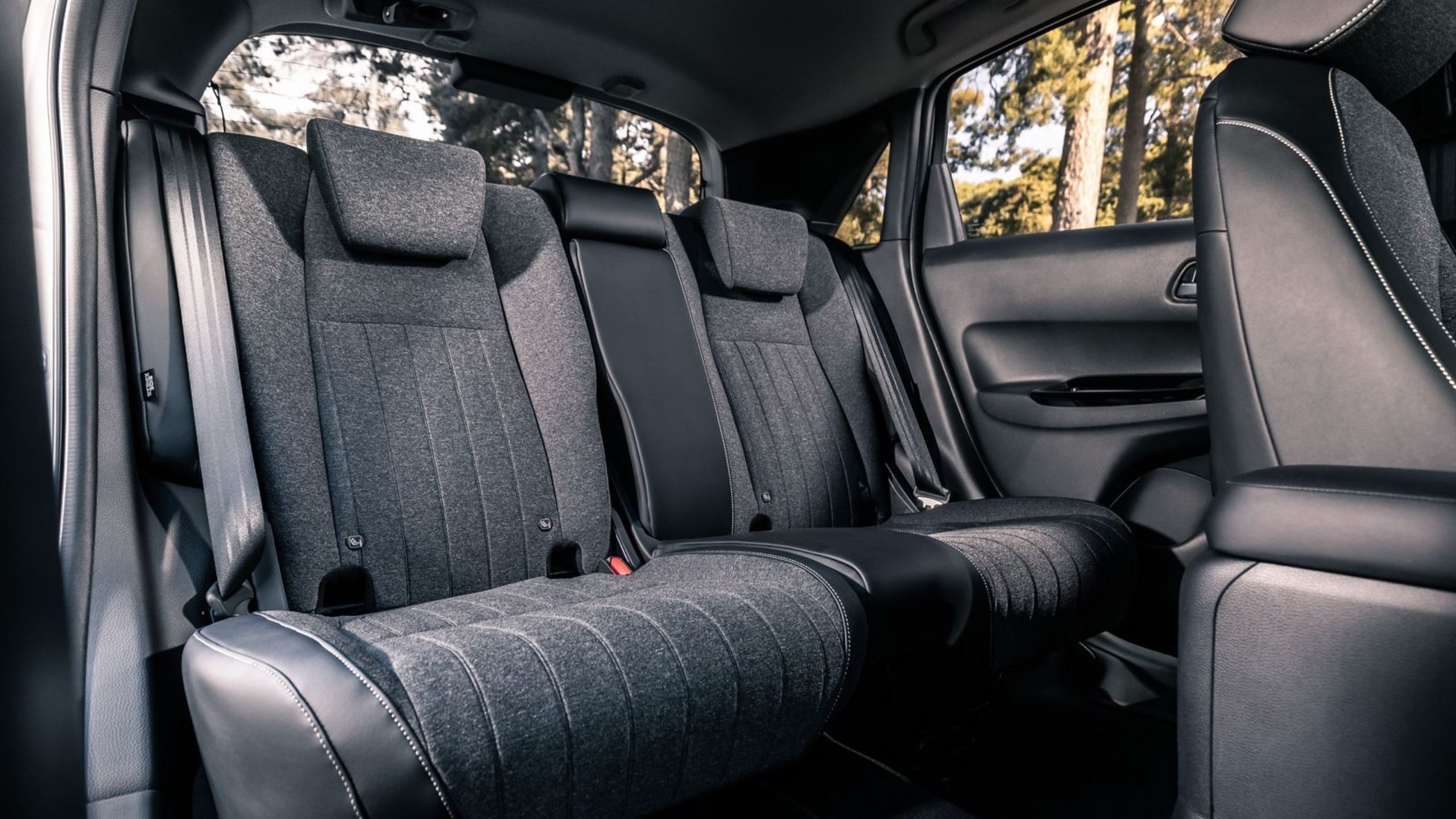
Yes, the famous Magic SeatsTM are still present in the rear, as practical as ever. And the legroom is still stupendous for a car so compact on the outside.
I climbed in the back, behind ‘my’ seat, and found space to cross my legs. Aha, I thought. So I slid the front seat right back and got back into the rear…only to discover it was still cavernous. Genuinely, it’s as spacious as a car from a class or two above (and the rear seat is also now comfier).
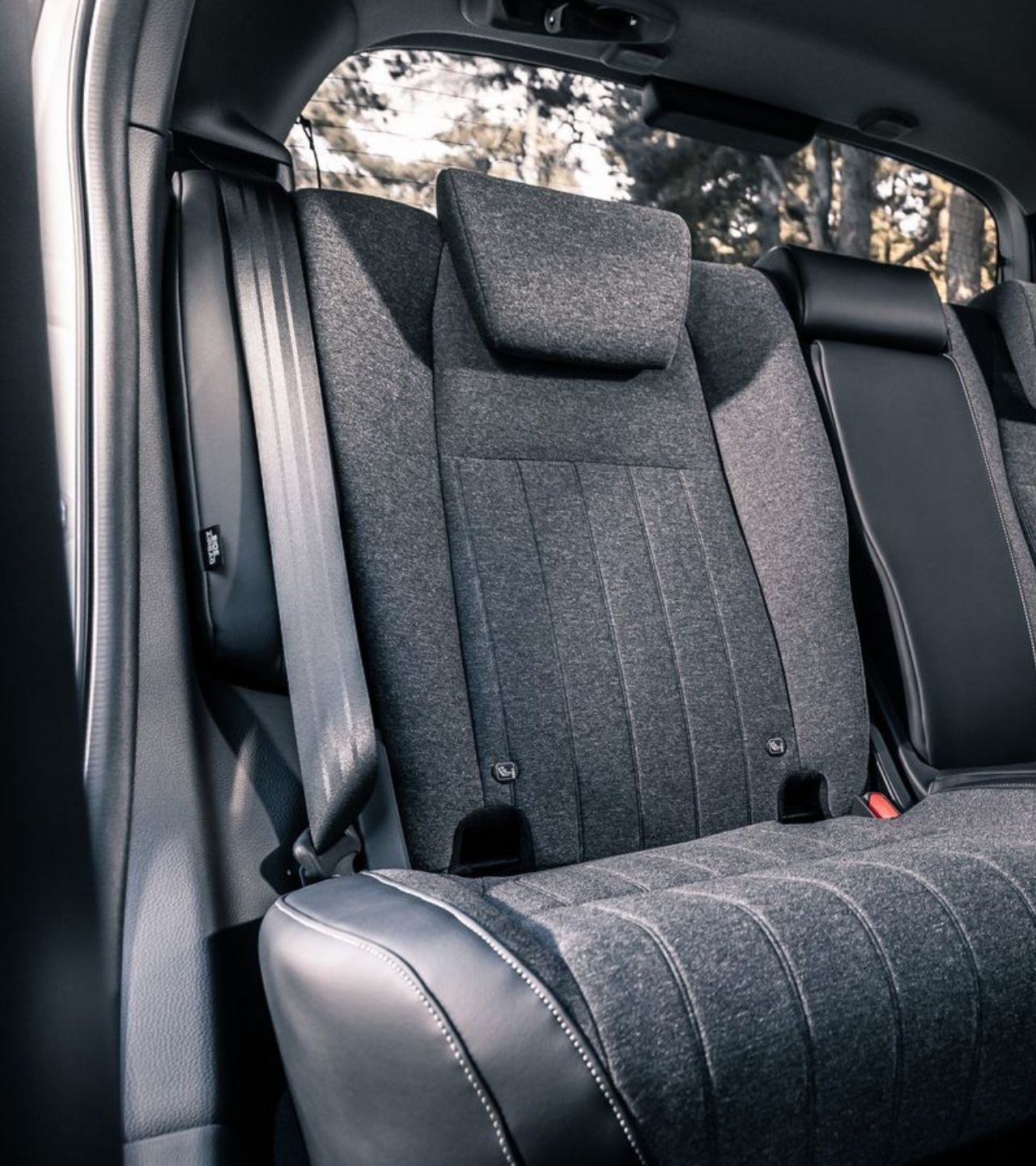
I must also mention economy, too.
Now, press drives are not normally known for being particularly parsimonious. We journalists like to test cars as fully as possible, which doesn’t go hand-in-hand with getting great mpg. Yet surprisingly, after two hours behind the wheel, the readout on the dash was showing an unbelievable 62mpg. I was amazed, and this certainly bodes well for the real-world fuel economy new Jazz owners are likely to achieve.
BOOK A TEST DRIVE
